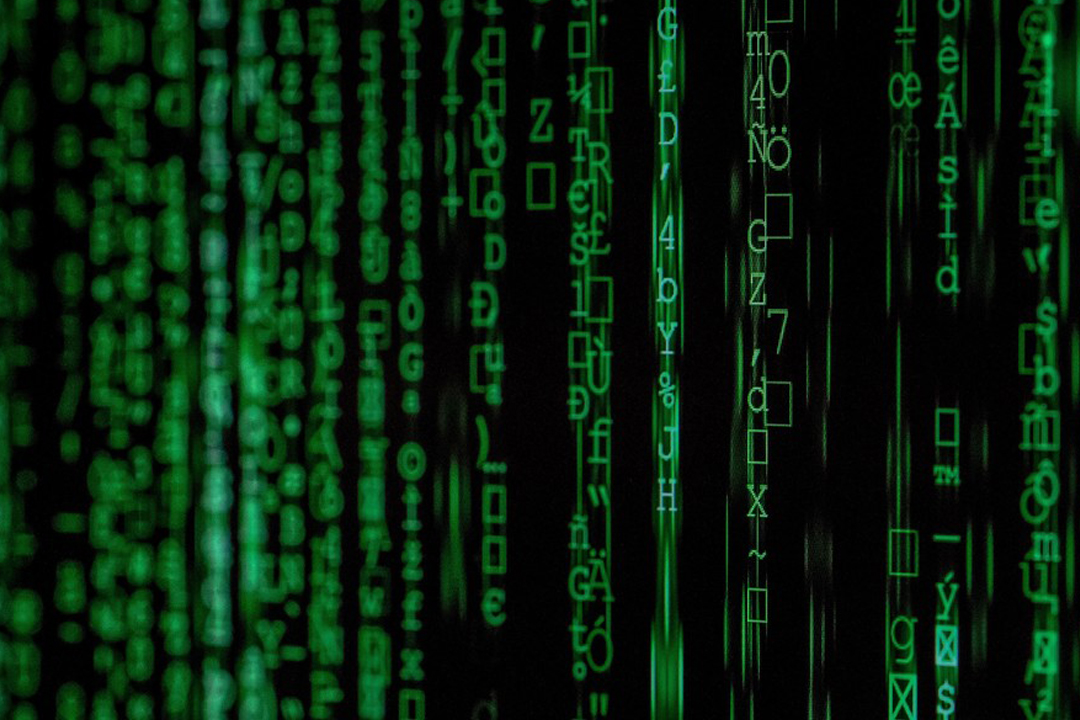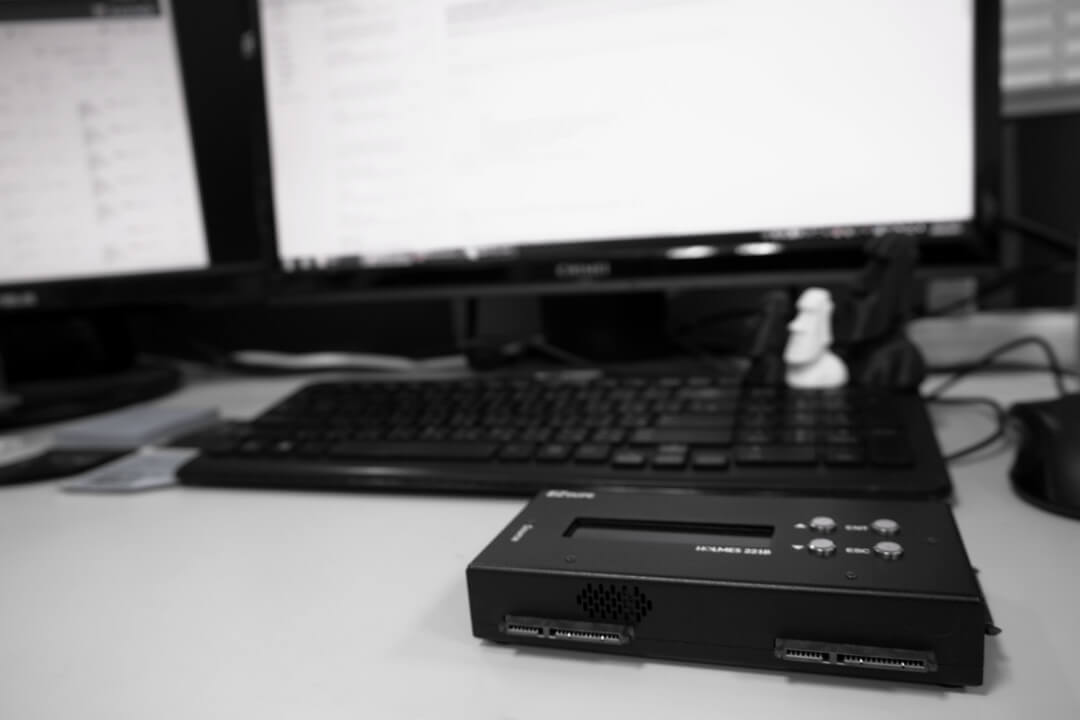
Three Difference between HDD Duplicator and HDD Docking Station
When we clone a hard drive we might think of a docking station or a duplicator or even use the software, but
what exactly is the difference between them.
We all want a great deal that is the best for us, cheaper, simpler and faster.
So today we focus on the hardware, we’re going to compare two products, HDD docking station, and HDD duplicator. If you have done some hard drive maintenance, then you may know both of these, they’re sometimes seen as the same products in some cases, but they’re actually different not only in price but also in function.
Take single targets of HDD docking station and HDD duplicator, for example, we’ll divide the difference into three parts, speed, price, and additional functions.
We all want a great deal that is the best for us, cheaper, simpler and faster.
So today we focus on the hardware, we’re going to compare two products, HDD docking station, and HDD duplicator. If you have done some hard drive maintenance, then you may know both of these, they’re sometimes seen as the same products in some cases, but they’re actually different not only in price but also in function.
Take single targets of HDD docking station and HDD duplicator, for example, we’ll divide the difference into three parts, speed, price, and additional functions.
How fast their copy speed can be
The docking station actually has two different ways of using—operating with or without a computer. When they operate without a computer, it’s basically the same as the duplicator.The speed is usually the one to blame for docking station. Let’s talked about connecting to the computer first, in this situation, the speed will be restricted by the USB cable, which means no matter how fast is the docking station itself, the transfer speed all depends on the USB cable.
Generally, if you still use the docking station through USB 2.0, then the speed is around 40 MB/s maximum practically. It means that it takes over 20 minutes to copy a 50 GB drive. It’ll take a million years to copy a bigger source.
The latest docking station claim that they support USB3.0 (5Gbps) high transfer speed theoretically, but the truth is that the current crop of USB 3.0 flash drive doesn’t deliver full USB 3.0 speed, it actually depends on many elements. I mean they all marked the theoretical speed, but the actual transfer speeds are different from every brand and usage environment.
Since copying lots of small files would entail random accessing of the disk surface, which makes copy much slower. The real read/write speed of USB 3.0 is around 100~200 MB/s in practice.
I’ve seen a review of a docking station which have 35~40 MB/s transfer speed, or transfer speed around 100~200 MB/s. Even some of the docking station have the outstanding transfer speed above 200MB/s by using their own software. Although they all marked that they have USB 3.0 super speed, but the real transfer speeds are different from one another.
As I said, the performance and quality depend on lots of elements, such as USB cable, machine itself, hard drive condition etc. Make sure you do enough search before buying one.
On the other hand, the duplicator, it claimed as a standalone system which means it operates without any computer and software. For the SATA I, it claimed to reach up to 150 MB/s, and the average transfer speed is around 125 MB/s. It’s also affected by the hard drive condition and other usage environments, but the gap is not that big as the HDD docking station. Including SATA II HDD duplicator, the real transfer speed for the HDD duplicator basically can reach up to 80% of theoretical speed as it claimed.
Take 500 G hard drive, for example, it takes about 35 minutes to complete.
Limited budget
We all care about the most important element, the price. The docking station has a big range of price, which is across USD 20 to 94 generally with only cloning function.As for the duplicator, the duplicator cost over USD199 to 300. You can see the docking station is much cheaper. However, you get what you pay for, the price is affected not only by the speed we talked above earlier but also by many dimensions, and it leads to the third difference, additional functions.
What cause this big range of price
Except for the speed, the most obvious reason is because of the additional function, such as data sanitization/ erase and compare function. Both of these two functions basically are built in the HDD duplicator, but not in the docking station. Recently, some of the docking stations also have erase mode and have a good quality and transfer speed which is even faster than the duplicator, and the price will naturally be almost the same as the duplicator.The erase/sanitization is usually used when you want to reuse your or dispose of hard drive and this will prevent the confidential data from leaking out. If you are still confused about different kinds of erase mode, you can learn more about the difference of erase mode in this article. As for the compare function, HDD duplicator generally equipped with this function, too. Because the duplicator clone sector by sector which means not only you’ll have the same file, but they’ll be arranged in the same physical order, including free space and any fragmentation that was on the drive. The compare function can confirm both of the sources and targets are exactly the same. The docking station doesn’t have this function. Besides erase and compare function, some HDD duplicator will attach with quality check, partition copy, format etc.
‧ ‧ ‧
The docking station is much cheaper. For people who seldom needs to clone the hard drive or using it to
expand capacity, a docking station is a good choice.
Please note that some of the docking stations is not compatible with Linux and Mac before you buy one.
On the other hand, because a hard drive duplicator is a bit pricey, it's more suitable for manufacturer who needs to produce hard drive with default system or people who needs advanced functions.
When it comes to the transfer speed, no matter HDD docking station or duplicator, they all face a problem that it all claims the theoretical speed, but actual copy speed will depend on every brand’s technology, design and the hard drive you use.
There are tons of docking station and duplicator on the market. Ensure you do some research and review before you buy to prevent the transfer speed drives you crazy.
On the other hand, because a hard drive duplicator is a bit pricey, it's more suitable for manufacturer who needs to produce hard drive with default system or people who needs advanced functions.
When it comes to the transfer speed, no matter HDD docking station or duplicator, they all face a problem that it all claims the theoretical speed, but actual copy speed will depend on every brand’s technology, design and the hard drive you use.
There are tons of docking station and duplicator on the market. Ensure you do some research and review before you buy to prevent the transfer speed drives you crazy.











